Yamaha’s Tenere and Honda’s Transalp are two sides of the same adventure sport coin. But which one fulfills it’s role best?
Brilliant white light blasted up from dirt bleached white by sun and salt. Tinted lenses in my goggles kept my retinas from becoming as frazzled as the back of my neck, as dry as my dust-lined throat. Riding pushed a gentle breeze through the vents in my clothing, but at times it was hotter than travelling on the Hades bypass. Later that day we were straining to see the trail ahead as our headlights penetrated the cool darkness of a wooded mountain trail. The occasional leafy branch, just too high for our headlights to illuminate, clattered across my helmet peak and dripped water down my neck.
From dry salt marshes barely above sea level, to lush forest high in the hills, riding across the Pyrenees was certainly a journey of contrasts…
I love off-roading big bikes and previous travels have revealed just how great riding in the Basque country really is. So how could I turn down the offer of accompanying a Francophile contributor, Chris Evans, on a recce of his latest trail tour – an adventure sport route hopping back and forth over the French/Spanish border..? The only stipulation: I supply the bikes…
No problem, Yamaha’s 660Z Ténéré was an easy choice. Long travel suspension, a whopping 23L tank and off-road ergos it was made for such a trip. Besides, we’d yet to take a ride on the latest in the long line of XTs since its launch in early ’08.
Contrasting the single cylinder Yamaha, Honda’s V-twin Transalp. A punchy 680cc motor dressed in trailbike clothing, it’s surely aimed at those wanting to tackle mountain cols and unsurfaced tracks. Which is pretty much what lay ahead…
A loop of almost 500km, a large percentage of which was off-road on stony mountain piste (two days of a four day tour), was planned. Ride out from the small, and unfeasibly quaint, village of Larrau close to the Spanish border high in the western Pyrenees, cross over into Spain and stay the night in the historic town of Sos del Rey Catolico. Then head back the following day, on an entirely different route.
Fade to Grey
The first morning we opened the shutters on the hotel room window to find the mountains had turned shy on us, hiding behind a veil of grey clouds. ‘It’ll be fine in Spain’ stated Chris, sensing a slight air of concern, later backing up his claim by checking the weather report with the hotelier. ‘She reckons it’s sunny over in Spain and it’ll be good here tomorrow too.’ Phew! Last time I was in the Pyrenees in summertime it hosed down…
Much of the morning was spent prepping the bikes, fitting the roadbook readers and generally making sure we were properly kitted-out. After all, we’d be heading off to some remote areas. (Note: It wasn’t until we were in the middle of one such area that I realised the only puncture repair equipment we were carrying was a solitary can of tyre sealant…)
Locked ‘n’ loaded, we took off up into the mountains and the dense cloud. In places visibility was down to mere yards, reducing our pace to little more than a crawl as cattle eerily appeared through the mists, often standing slap-bang in the middle of the road.
Venturing away from the main road, and leaving the clouds with it, the tarmac track soon gave way to a gravely trail, with rocky mountain outcrops to the right and a tree-lined gorge to the left.
I think it’s fair to say that the Transalp’s riding position isn’t ideal for up-on-the-pegs riding. The bars, which work great on the road, feel like they’re down by your feet and the rubber-cleated pegs (there’s no real peg under the rubber, so removing the rubber was pointless) offer little in the way of reassuring grip. They’re merely okay in the dry and decidedly scary in the wet..!
The Ténéré’s ergos are a complete contrast. Desert rallying hasn’t just influenced the bike’s looks, as it’s absolutely spot-on for standing up, getting over the front-end, and really dominating a 200-kilo machine. It’s great, but as for the pegs, well I’ll get to them later…
Having dispatched numerous hairpins, short straights covered in loose gravel and the odd rock slab (whilst all the time tracking, quite literally, alongside the border) it was back onto the tarmac for a fantastic single-track road, the likes of which you only ever find in the mountains, where the terrain dictates where you can lay a ten foot wide strip of bitumen. It was a good few kilometres before we hit the dirt again, but it really didn’t matter – the roads were simply unbelievable.
Climbing ever higher, the clouds again conspired to block what must’ve been a wonderful view, right until we ran along a ridge. On either side the ground disappeared into the murk but the effect was enough to suggest that it simply dropped away into nothingness (think the railroad bridge scene from The Lost Boys… minus the vampires).
Ten minutes later we were at the bottom of a wooded valley, enjoying a quick snack at a secluded restaurant before again making for higher ground. Sneaking into Spain on an old smugglers’ trail (sadly now concreted) there was nothing other than a change in architectural style to tell us we’d crossed the border. After a brief stop to look at the ruins of a Napoleonic munitions factory (part of which had been turned into a particularly neat vegetable patch!) it was time for another trail.
The stones of the previous track were replaced by rich terracotta earth, occasional series of rain ruts crazing the baked-hard surface, leading up onto a small grassy plain. Behind us, still shrouded in a wave of cloud, lay the Pyrenees whilst the agricultural hillsides of Navarra rolled out ahead. Wild horses grazed all around.
Although smoother than the Yamaha’s thudding single, the Transalp’s V-twin motor manages to find good traction. It’s not overly fast-revving, unlike some modern twins, and is certainly endowed with a classic V-twin off-beat thump. Perfect fuelling matched to a mellow bottom-end means that the power never threatens to overwhelm and once you’ve got it revving it’ll break traction quite predictably. Sadly, low and narrow bars make it tricky to control on opposite lock…
If the Honda’s motor is unmistakably V-twin in character, then the Ténéré’s is your archetypal big-bore single. Grumbly low down, once it’s revving cleanly it’s almost as if you can feel every stroke of that big 100mm piston. This doesn’t mean the vibes are horrendous – they’re what you’d expect from your average 660 single – rather that the thudding power makes for great grip. Unfortunately, the Ténéré’s motor feels incredibly stifled. There’s not masses of grunt low down, so you have to keep it revving in the mid-range in order to maintain a decent pace. And, sure, the power rises as the tacho needle heads for the redline but it’s in the most lazy, and ultimately unexciting, manner. It’s like someone’s slipped it a valium…
Flux Capacitor
The terrain seemed to be in a constant state of flux. One minute we’d be riding between fields and pasture, the next looking out across the valleys from a rocky outcrop, high on a wooded hillside.
Chris was keen to point out that whilst the tracks were wide and in generally good condition, they were kept that way because they’re in constant use. So whilst we could cruise along at a reasonable speed, treating them like rallye-raid would be foolish to say the least. Besides which, if you went sailing off the side of some of the tracks you’d have time to pen your autobiography before you hit the floor, never mind phone home and get your affairs in order!
I’ve got to admit that before we started out I was a little nervous of the Transalp’s ABS brakes. Y’see you can’t turn the ABS off (an unbelievable omission on a bike with off-road pretensions) and that can lead to some slightly nervy incidents on the dirt, as the brakes cut in and out. Surprisingly, the ABS worked quite well under normal use especially when using the rear brake only, which was not only incredibly strong but also less inclined to activate the ABS. Descending on one particular trail though, I was reminded of my initial concerns. With a precipitous drop to one side, and a number of hairpins to negotiate on our way down the hill, a deep gravel surface certainly wasn’t ideal. The stones really needed powering through, yet I knew that I couldn’t haul on the Nissins to negotiate the tight corners. So, riding slowly, I was forced to suffer the 19in front wheel weaving from side-to-side as the more road-biased geometry of the front-end made the Honda twitch.
By contrast, the Yamaha was the model of reassuring stability and allowed you to really attack the pools of gravel before hauling on the stoppers for the corners. And you really do have to HAUL on the XT’s brakes, as they’re nowhere near as powerful as you’d expect from a twin disc set-up and offer little in the way of lever feel. Okay, so you don’t want overly powerful brakes on the dirt, but the bike’s 200-or-so kilos are going to build up quite some momentum!
By late-afternoon we were down amongst the rolling agriculture of northern Spain. Wide valley floors were painted golden with corn fields, dark green hills fencing them in, whilst every ridgeline was defined against the deep blue sky with a contrasting line of gleaming white wind turbines. Even after the magnificence of the Pyrenees, the vistas were sensational…
As was the taste of an ice cold Coke as we rested outside a bar on the edge of a small town, watching as a cycle race blitzed past in a blaze of colour, accompanied by motorcycle outriders, assistance cars and a TV helicopter. A second drink slipped down just as well as the first, before we kitted up and rejoined the dusty trails heading for the high ground above the houses.
Towering over the scrubby hilltop, the blades of the turbines made an ominous sound as they cut through warm air filled with our dust. Deliciously scented pine trees obscured the views, right until we suddenly burst out into the open and were rewarded with the most fantastic panorama, as the ridge we were on jutted far out across the valley floor.
Leaving the main trail, a series of rain ruts required negotiating carefully – the Ténéré dropping slowly into and out of them, the lower Transalp needing to skirt around the worst holes. The dirt track wound its way down through the fields, leading into a network of similar trails. Chris chose a section of singletrack, overgrown with long dry grass, and picked his way along it, past the chainlink fence of a small factory and out onto the road. A quick blast along the tarmac led to the final lane of the day.
Setting-off late in the morning and stopping for a number of photos en-route, meant that the sun was just above the horizon as we reached the last trail – a long stretch of hardpack dirt featuring the occasional rock step ‘n’ slab to keep us focussed. An aqueduct crossed high above the track, it’s long shadow blessing us with some cool air as the surrounding fields were set ablaze in orange light by the setting sun.
High on a Hill…
From the first trail of day two – a rough, dusty twintrack leading up into the hills – we looked down on our hotel in Sos del Rey Catolico, itself perched high on a hilltop. The descent then began, along a wide yet seemingly little-used track clinging to the side of a particularly steep slope.
Yet again the atmosphere of the surroundings began to change. The fields seemed ever more parched, despite irrigation channels thick with rushes running alongside, and the mountains were but a speck on the horizon. Then, just to add a sinister touch to the arid landscape, a ‘venue’ of vultures took to the air as we passed-by…
Drier and drier the terrain became, as we headed into the semi-desert of the Bardenas Reales natural park and its wide open, steppe-like spaces. The other-worldly surroundings lend themselves to film and TV use, and the Bardenas was one of the locations used in Bond film, The World is Not Enough, for the scene where 007 meets the lovely Dr Christmas Jones.
Bone-dry salt marsh butted up against escarpments formed by concrete slab-like stone, and the heat was phenomenal as the sun’s rays bounced back up from the light earth. Alongside the gravel track signs deterred off-piste exploration by warning of military activity and, right on cue, a plume of dirt from a small explosion blasted skywards in the distance.
Here the tracks were long, occasionally sweeping and punctuated with the occasional washout. Speeds were kept down by constant gawping at the terrain, a number of oncoming cars, a 40km/h speed limit, and the unpredictability of the bumps. On top of which, this in not the place to crash – temperatures were clearly in excess of the predicted 38-degrees and off the track the ground was criss-crossed by miniature canyons. So when Chris bottomed-out the Honda on a concreted wash-out I was more than a little concerned. Thankfully he gathered the wildly bucking Transalp together and stayed aboard, but it served to highlight the Honda’s soft suspension.
Actually, the set-up fits the bike’s character quite well. On-road, providing you keep your style relatively smooth, it rewards with a comfortable ride without pitching and wallowing. Off-road it provides good feedback – crucial when the riding position is so awkward – and helps the bike put its power down. What it can’t cope with is a series of holes (which then sends the bars into spasm) or hitting big bumps… as Chris found out!
As you might expect, the Yamaha’s suspension is far more suited to off-road exploits. Its longer travel is much firmer throughout the stroke, and although it can feel a little unrefined on loose rocks and braking bumps it’s still good for a 200 kilo adventure bike costing less than six grand.
Looping back around to leave the phenomenal Bardenas landscape via the track we’d arrived on, I noticed crops growing in the dry soil. A network of canals carry water into the region to enable its use as a working landscape, even when sods of ploughed earth look to have the consistency of cannon balls!
The swirling jade waters of the canals sure looked tempting as we rode parallel with them, though the water flows too fast to consider a quick dip. Besides, a town lay just a few minutes away.
We swigged down two ice cold drinks and ordered another couple before the café’s proprietor even had chance to step back inside. Sandwiches, ice creams and another brace of Cokes soon followed, while we revelled in the shade of the tree-lined street. Still, there was a long way to travel yet…
Seventy-five percent of the ride would be spent away from tarmac, heading back towards France on rural tracks and wooded trails. The scenery continued to stun and photo stops were obligatory.
Chris warned that one particular trail, a technical stretch of singletrack, may cause a few problems and selflessly opted to ride it on the Transalp. Good on him!
Starting with a few awkward off-camber banks around washed-out ruts, the lane climbed up and over a small hill. A variety of gnarled roots, rocksteps, muddy holes and tractor ruts tested our mettle and the bike’s abilities. The Ténéré, I’m pleased to say, was fantastic. It clambered over everything I pointed it at and could be ridden at a crawl, trials-style, when required. It felt far lighter than the spec sheet suggests, and didn’t scrape its undercarriage once. Top stuff!
Unfortunately, Chris wasn’t fairing quite so well on the Transalp, and the root of his problems was the bike’s lack of ground clearance. Running more than three inches lower than the Yam, it clanged its centrestand and scraped its bellypan on a number of rocks, often pitching the bike off to one side or lifting a wheel in the process. Nonetheless, Chris teased it to the end of the trail without too much drama.
Long hours on the bikes (including a large number of ‘photocalls’) plus the oppressive heat of the desert meant we were pretty much bushed by the early evening, though we still had a good few kilometres to click off. When you were sat down, the Transalp was a comfortable place to be. When you were stood up, the hunched-over stance soon set your back aching.
Similarly the Yamaha, with its pleasantly upright riding position, was comfortable when you were sat in the seat. Only, like the Honda, when you stood up it eventually wore you down. And that’s purely down to the pegs…
The Yamaha bean-counter specced the Ténéré with horribly thin and narrow, decidedly ungrippy steel footpegs deserves to be subjected to some particularly nasty medieval torture. Which, coincidentally, is just what it feels like you’ve suffered after a few hours up on the pegs of the 660! Really, some proper wide pegs would make the bike SO much more comfortable!
(Curiously the more ‘roady’ Honda was fitted with uncomfortably firm yet clearly dirt-biased waffle grips, whilst the off-road Yamaha came with equally uncomfortable roadbike grips…)
Golden Brown
Passing between golden rolling stubble fields as night drew close, a bird of prey split a cloud of starlings as they dived and rolled to avoid its talons. It was a fantastic sight, though the hawk missed its quarry. As did the farm dog’s which rushed out to ‘greet’ us as we scooted through their yard…
We arrived at the last loop of trails, a 25km series of rocky climbs and rollercoaster fireroads through the woods, just as the sun was setting. ‘If we start this loop have to finish it,’ warned Chris, ‘it really heads off into the hills.’ No way were we backing out.
And, I’ve got to say, the tracks were an absolute hoot – just technical enough to be challenging whilst simple enough to negotiate without REALLY taxing our weary bodies. And the view of the sun setting over the foothills of the mountains was simply epic!
We arrived at the final trail, a twin-track route through deciduous woodland, as darkness fell. And thanks to some decent lighting on both bikes, the only incidents were the aforementioned clouts round the head with the odd leafy branch.
Yet the woods weren’t the end of our biking fun, oh no. For after a slap-up meal sat outside a hostelry in the balmy night air, we had to get back to Larrau. And the road down the mountain from the inn was unbelievable! The straights were short, occasionally featuring a flick-flack kink or tight series of esses, and almost always ended with a tight hairpin. Even in the dark, and having rather selflessly (ahem) let Chris ride the Transalp, it was a corking ride. If we hadn’t had a long slog back to the hotel, I’d have ridden back up and down it a few more times!
Different Strokes
Clearly this test highlighted just how different these two bikes, which both fall easily into the dual sport pigeonhole, really are. The Trannie is clearly giving away some off-road ability by being a corking backroads bike, whilst the Yamaha sacrifices on-road poise for some real dirt potential.
Just a set of high bars and some proper pegs would really transform the Tranny’s off-road performance, even just on smooth fireroads. If you want big trailie for serious off-roading then you’re best off looking elsewhere – maybe at the Ténéré? – but for this kind of adventure then it’s a perfectly capable machine, with a surprising amount of character. It’s a hoot on the tarmac, with fantastic handling and a motor which never intimidates. On grippy roads you can crack the throttle open mid-corner and it’ll just drive you round, rather than launch you into the boonies. It’s just a shame they couldn’t have done something more with the styling (though I do like the colourscheme) and not fitted it with a matt plastic front fender when all the other plastics are bright and shiny!
The Yamaha is capable rather than characterful. It’s stable, and will comfortably cruise at motorway speeds, but the motor is almost as lifeless as vulture-pecked carrion! On-road you can really feel it’s strangled, off-road it may put its mild power to the ground but snapping into oversteer and getting the thing turned on the throttle (something which makes riding a big bike on the dirt much easier) takes some real abuse. Which is a crying shame because otherwise it’s amazingly capable on the dirt. Our fears of dodgy fuelling (gained from riding early R and X model XT660s) were unfounded, and the styling is (Buzz) lightyears ahead of the dull-looking Honda. It may be a horrible road test cliché, but if the 660 chassis were fitted with the XL700’s motor then it’d be a shoe-in for the win. But it isn’t. And whilst my abiding memory of the ride is the fantastic scenery, what the test really boils down to is which bike I had the most fun on. So I’d acknowledge that the Yamaha is a tough and dependable adventure bike, ultimately it never excited me. The Transalp did, and that’s the final contrast…
Thanks to: A big thank you to all those who helped make this test possible, especially Simon Belton at Yamaha, Fiona Cole at Honda, Dave Humphreys at Cambrian Tyres, Chris and Dave at Adventure Spec, Nick and the guys at Touratech UK and, of course, the inimitable Chris Evans..!
Rubber Rings
Both the Ténéré and the Transalp come with some pretty road-biased tyres as standard. And for racking up so many off-road miles they clearly weren’t going to cut it. We needed some proper dual sport rubber to fit the 21/17 and 19/17in wheels, so Continental’s TKC80s were the natural choice.
Large flat knobbles give decent on-road grip without adversely affecting the handling, yet the wide spacing between the blocks allows for great off-road traction on pretty much any terrain… except perhaps wet grass and slimy mud. But then looking at the tread pattern you probably guessed that!
More than 500km of rocky mountain track, stony piste and roadwork barely dulled an edge on the German rubber and not once did they give us cause to complain. Plus, despite riding across sharp rocks and thorny scrub we didn’t suffer a single puncture.
Yep, the TKC’s suited our varied riding, and the bikes, perfectly and we’d recommend them for dual sport use without hesitation.
TKCs come in 19 and 21in front wheel sizes, and to fit 17 and 18in rear rims in various widths, and to fit both tubed and tubeless wheels. Tyre prices often vary depending on the dealer, so for your nearest stockist contact Cambrian Tyres on 01970 624004 or visit www.conti-bike.co.uk
In the Bag
Already carrying camera gear (in a camera rucksack), water (in a Kriega hydration pack) and tools (in a Kriega bumbag) between us left nowhere for us to carry a change of clothes, some shoes, and various other bits ‘n’ bobs. Until, that is, Adventure Spec (01422 882997/www. adventure-spec.com) offered us the use of a Great Basin saddlebag from US company Giant Loop.
The Loop is a super-tough nylon-coated polyester 50L bag which sits across the back of the bike and attaches to the rack or subframe using three webbing straps. The saddlebag sections are then secured to the bike’s pillion peg mounts using two further straps. It fits most big trailies which feature pillion pegs and once you’ve spent some time getting it properly mounted, you don’t really notice it’s there, unless you have to get right back in the saddle.
By undoing the top three straps you can access the main compartment, via the water-resistant zip, without removing it from the bike. Within there’s a zippered storage compartment, two individual bags to fit into the side compartments, two bottle holders and a pair of removable ‘stuff bags’.
At £299.95 it’s not as cheap as some fabric luggage, but it is a novel approach to carrying gear on your travels, and we like the way that it’s neither as wide as panniers nor as high as a topbox. Plus it’s unlikely to injure you in a fall, in the way that hard luggage might. Yep, it’s a very handy bit of kit…
By the ‘Book
Like desert rallies and a number of long distance trials (LDTs) Sport Adventure tours use a roadbook system to navigate the route. Essentially this is a roll of paper with key junctions and landmarks drawn diagrammatically within a number of frames (similar in layout to a cartoon). The total distance from the start, plus the distance from the previous frame, accompanies each diagram. And the roadbook necessitates a roadbook reader…
Whilst Chris supplies them for his trips, for this adventure we obtained a pair from Touratech. The ally box is neatly welded and the rollers on which you mount the roll of roadbook turn smoothly when operated by the knurled adjuster. A rubber belt drive between the rollers ensures that the roadbook won’t unravel and a waterproof lid allows you to navigate through monsoon conditions. And because the reader uses rubber mounts it doesn’t vibrate badly, so it ‘s unlikely to rattle use and is easy to read on the dirt.
At £141 it’s not a casual purchase, though it is a quality bit of kit and if you’re looking at going rallying, LDTing, or simply navigate a lot using a roadbook, then it’s an essential part of your bike prep. For more information, or to buy online, www.touratech.co.uk or call 01639 841765 and tell them RUST sent you.
Second Opinion
I have to admit, when Barni announced what we’d be riding for our Pyrenean jaunt I was less than thrilled. ‘What happened to all the European exotica?’ I wailed. But the Ed wouldn’t budge. ‘You designed the route as suitable for all big trailies, so let’s see if we can get them round.’ And b*gger me we did…
To break me in gently James let me start on the most dirt-friendly looking of the two, Yamaha’s 660 Ténéré, and riding up the mountain to the first trail it didn’t feel too bad. The scooped-out seat that I had appreciated so much paddling around the car park felt restrictive and the front forks kind of bouncy, but apart from that I was reasonably at home.
It wasn’t until we got to a prairie high up in the mountains and I played around for the camera that I started to appreciate the Tenner’s talents. Admittedly, compared to some of the more focussed big-bore trailies, they are limited, but apart from the stupid little footpegs the riding position is stand up comfortable and the handling respectable, with the bouncy front making for a comfortable ride off-road. With a decent set of pegs this bike would be improved immeasurably but you’d still be left with a surprisingly gutless engine that was uninspiring on the tracks and positively wheezy on the tarmac.
I first got to park my bum on the Transalp just before a particularly tasty section of prime Spanish mountain road (hey, I knew what was coming up on the route!) and was knocked out by how instantly at home I felt on it. When you’re sitting on the thing your view isn’t spoilt by the acres of plastic which cover its flanks and you can really enjoy a great little engine. It isn’t rip snortingly powerful but it is lovely and smooth, very flexible and plenty fast enough for where we were riding. The road handling was also a revelation. The front-end felt really planted and you could brake heavily into the corners in total confidence at surprisingly high angles of lean.
Off-road the Transalp’s star didn’t shine quite so bright, but it was frankly much better than I expected. Standing on the rubbish pegs, with such a low bar I was almost bent double, and the chronic lack of ground clearance nearly had me off a couple of times, but if you rode it sitting down it felt pretty good on the smoother trails.
Both of these bikes would be vastly improved with a few light modifications, but despite their flaws by the end of the trip I had warmed to both of them. The Ténéré is clearly the most adapted for the trail, but for the way it shot up a twisty mountain road it was the Transalp that won my heart. Chris Evans

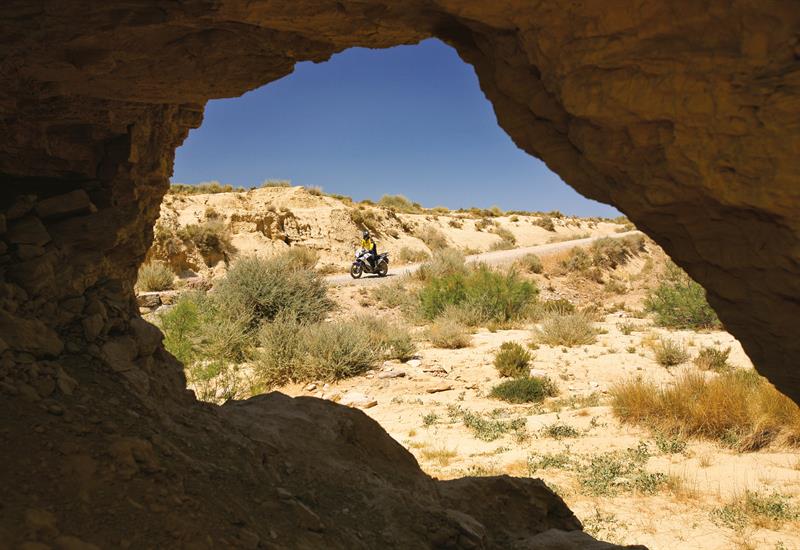


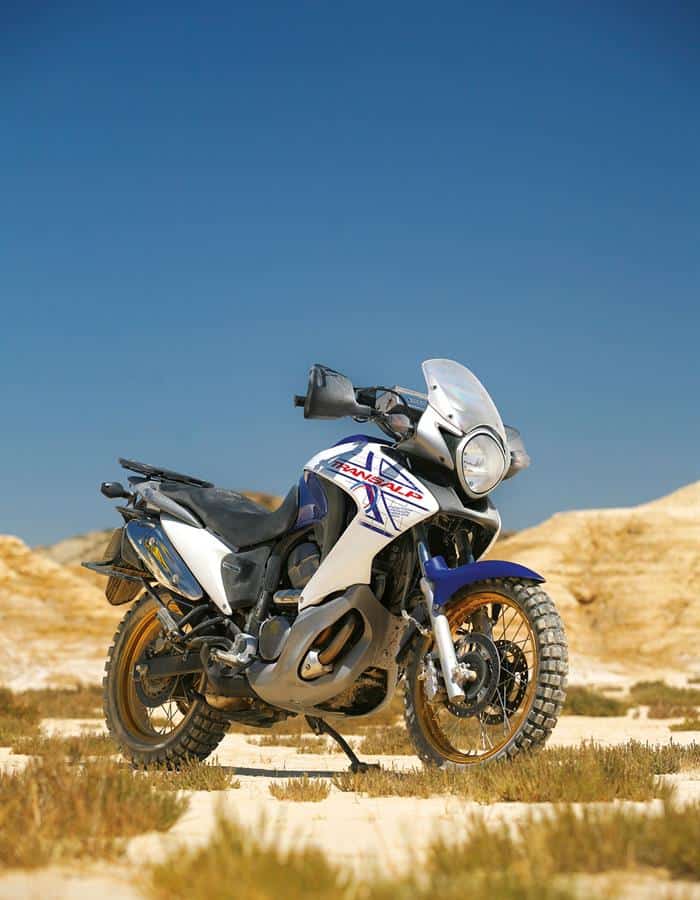
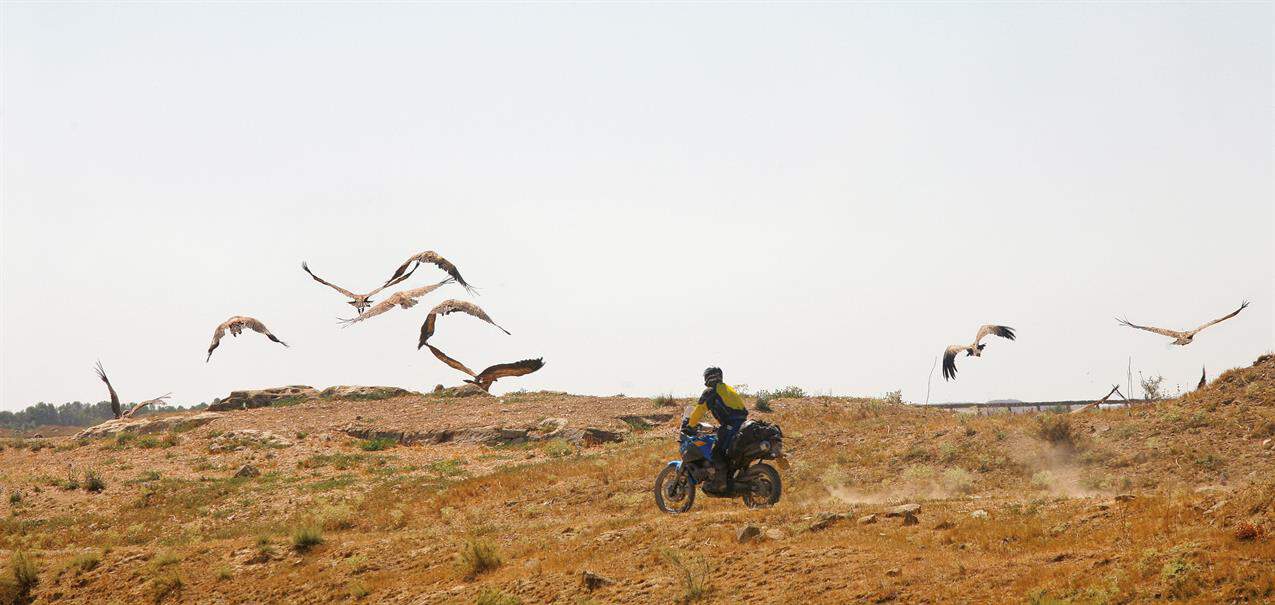
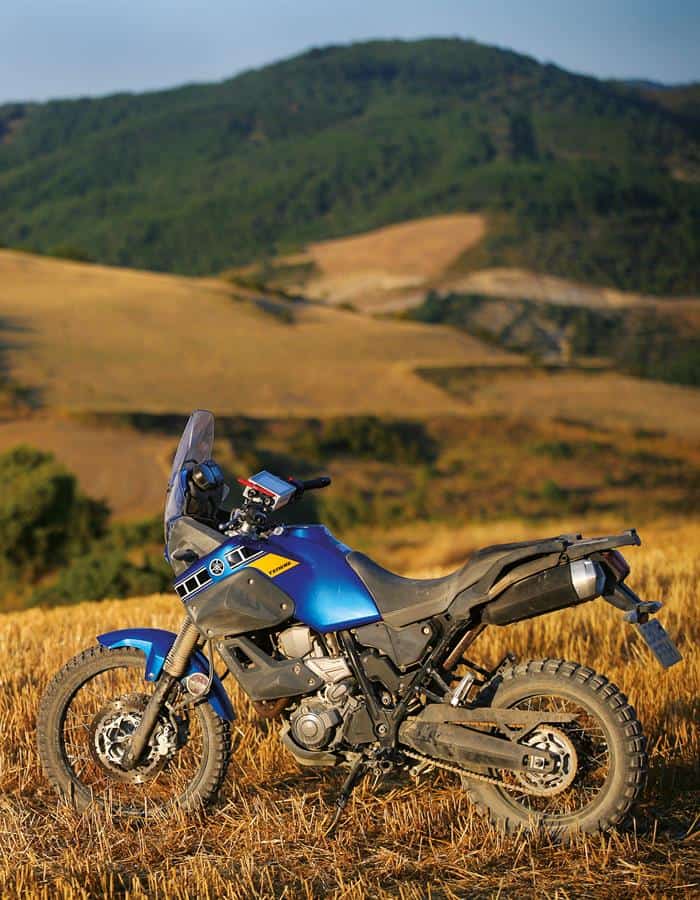
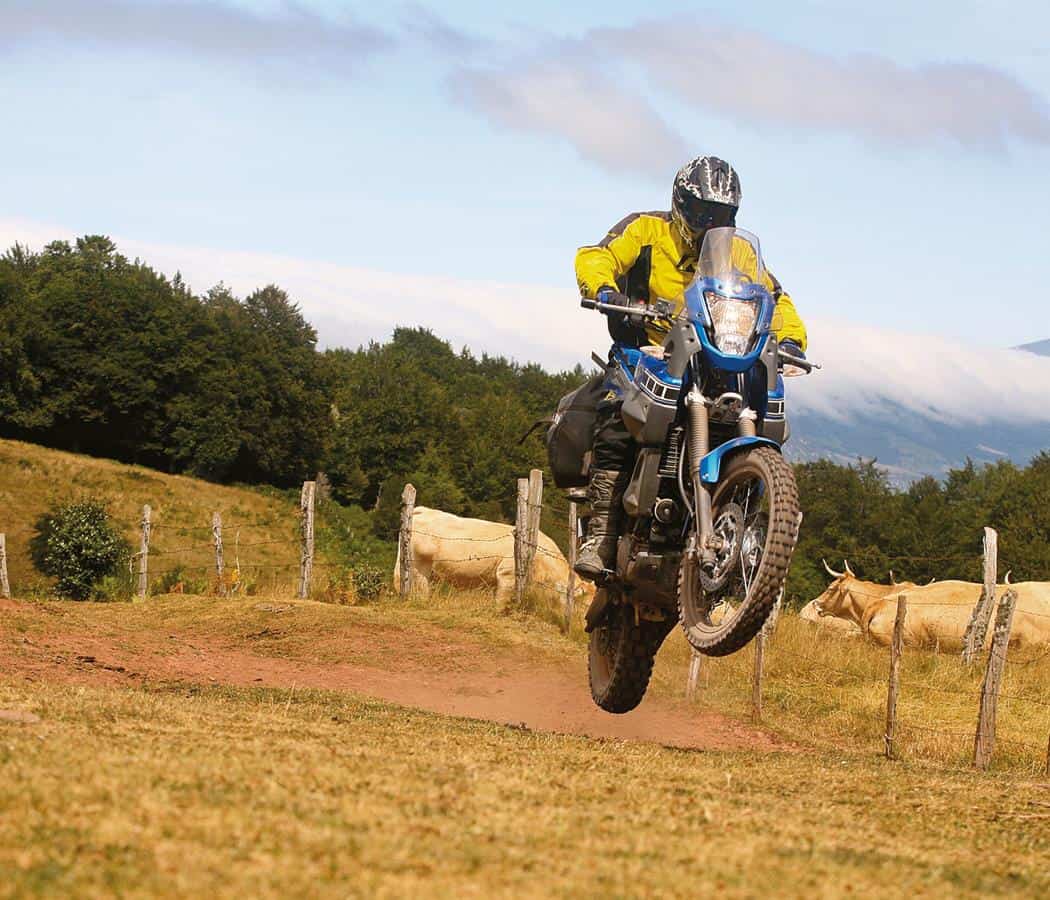
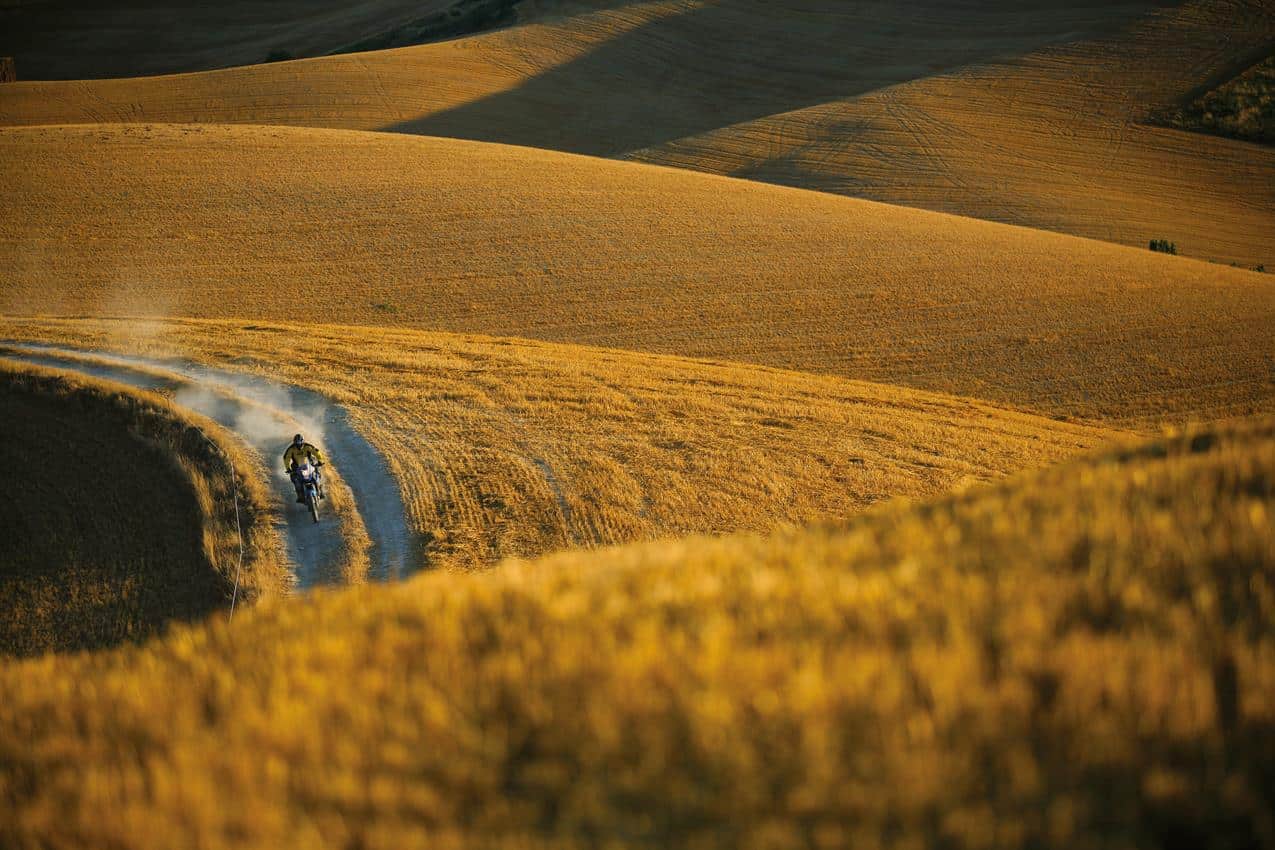
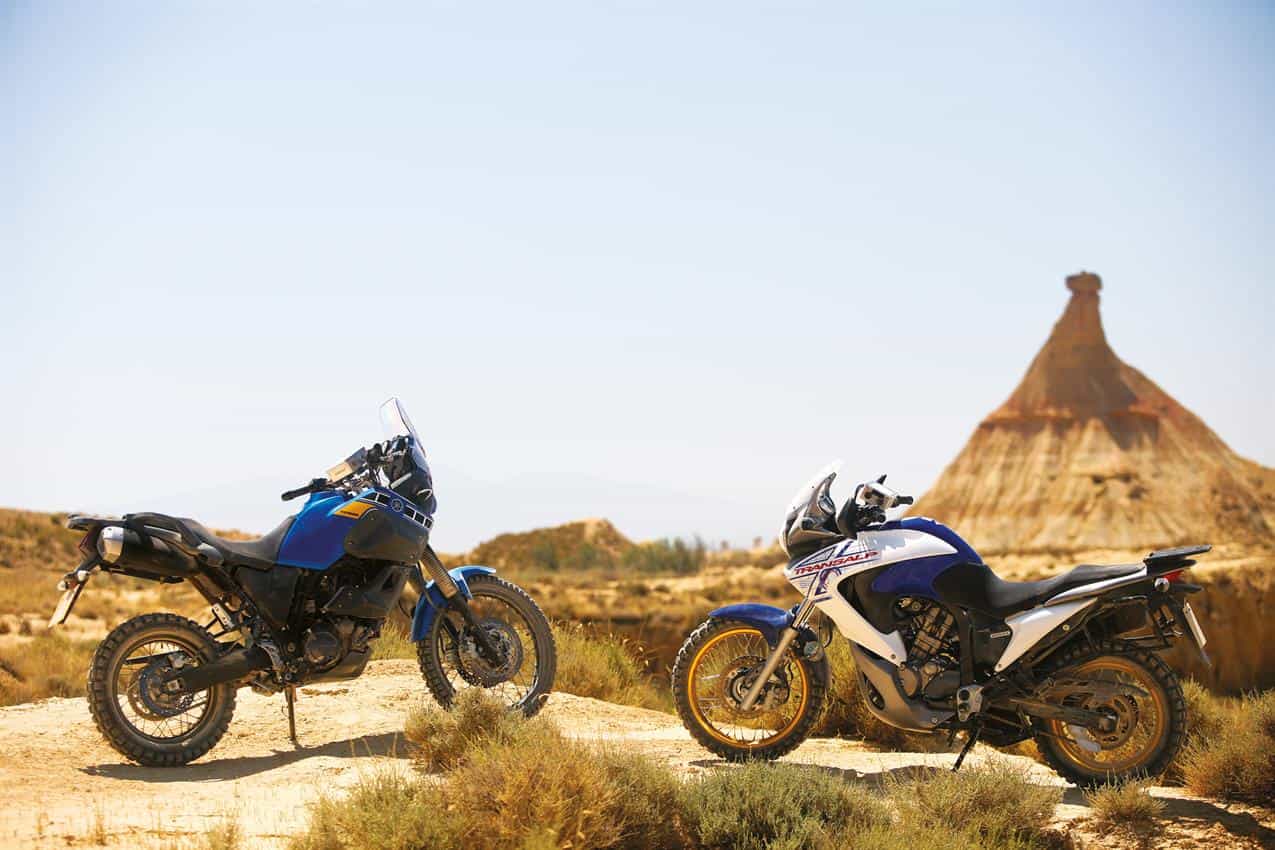
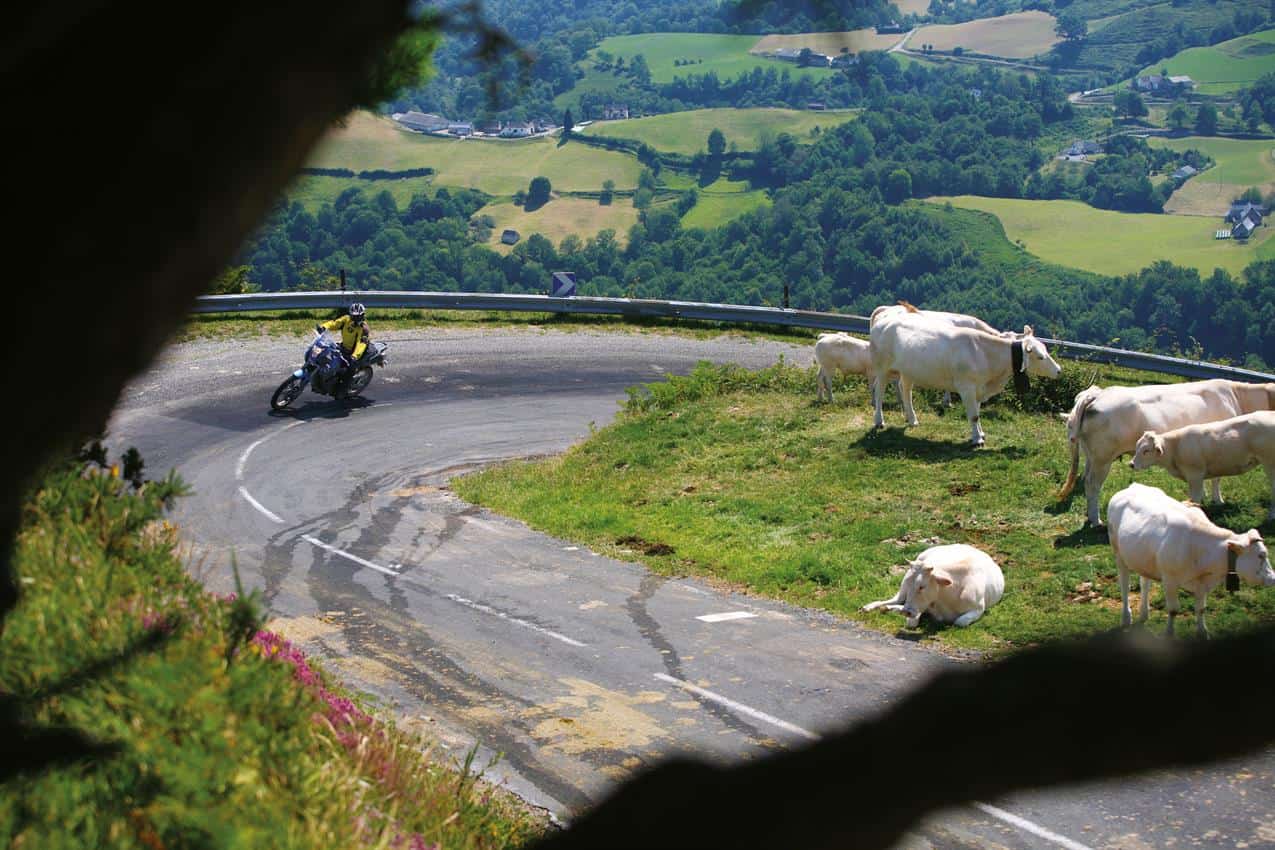
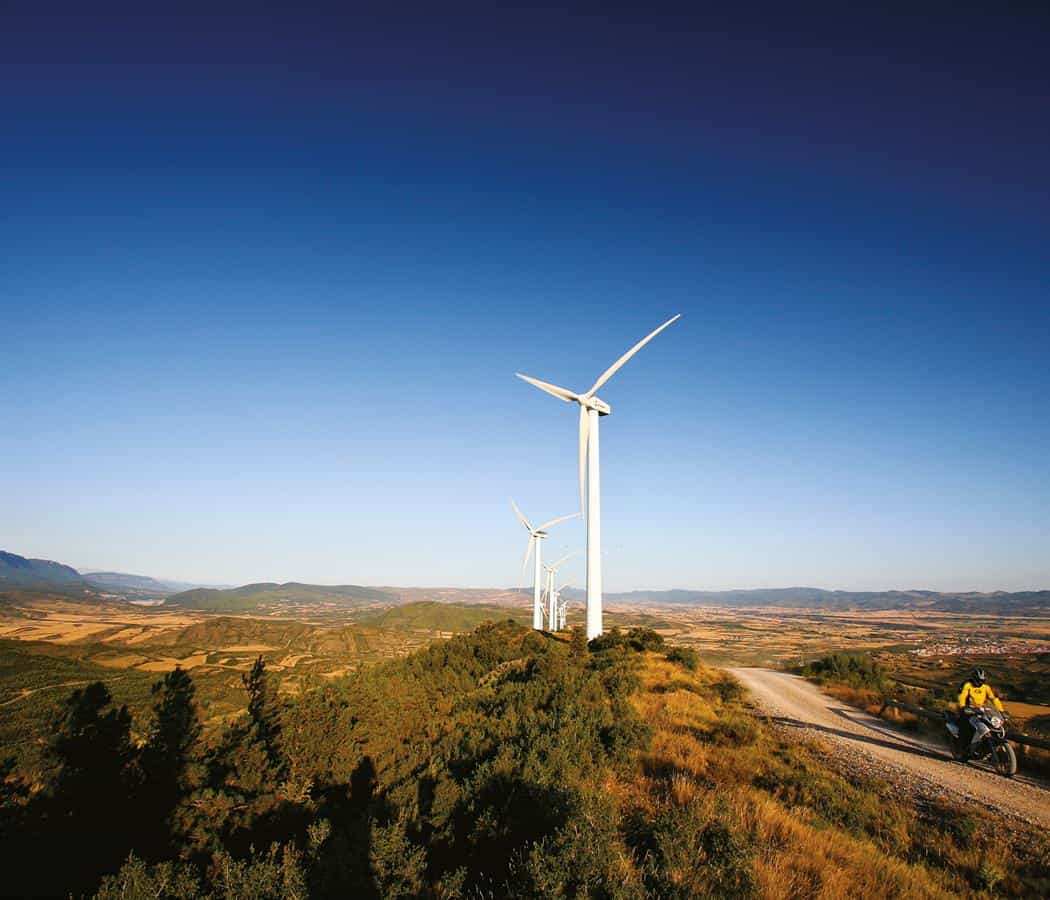
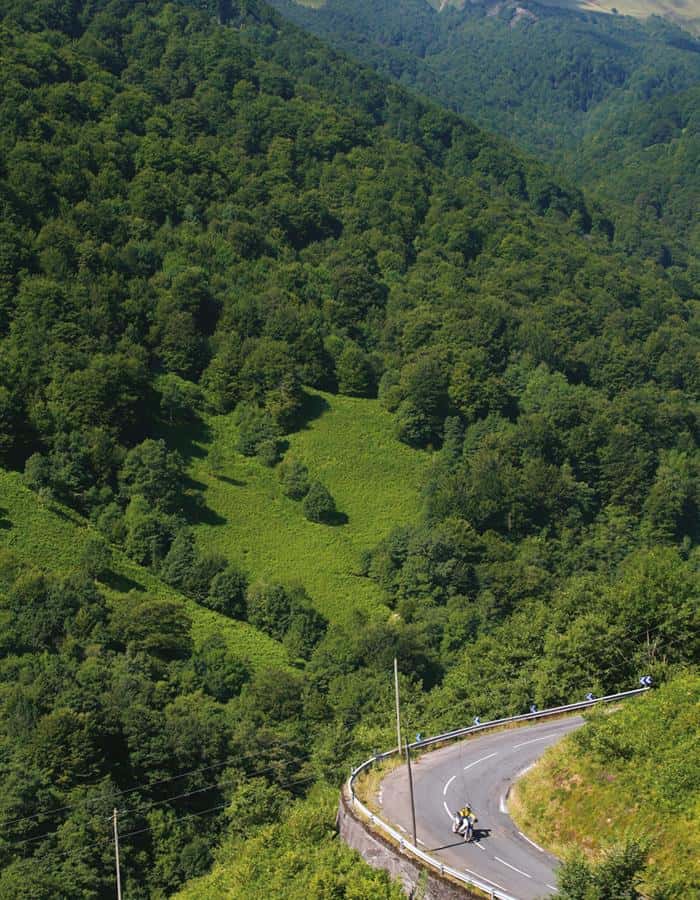
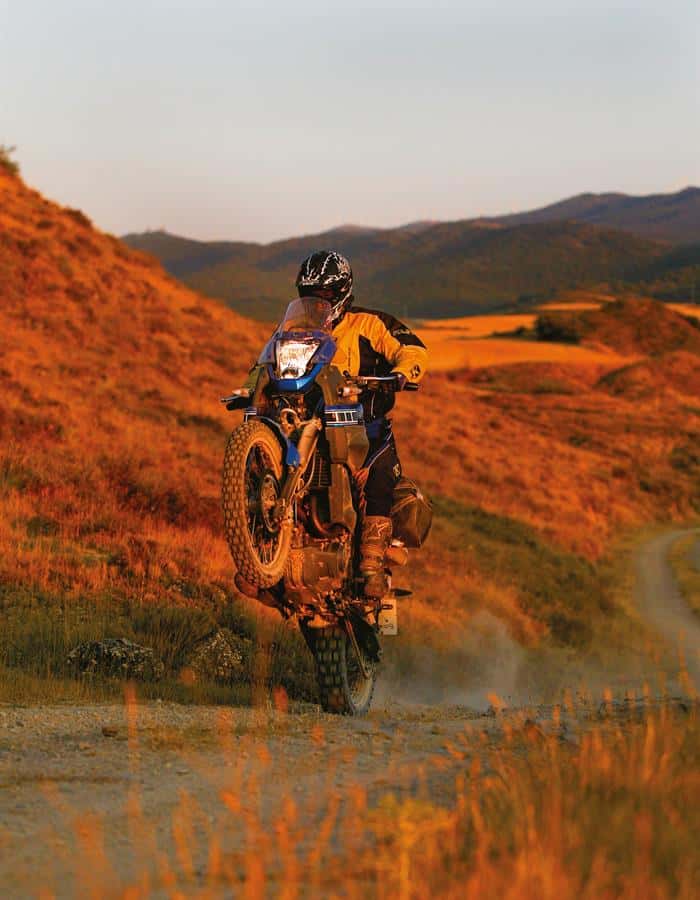
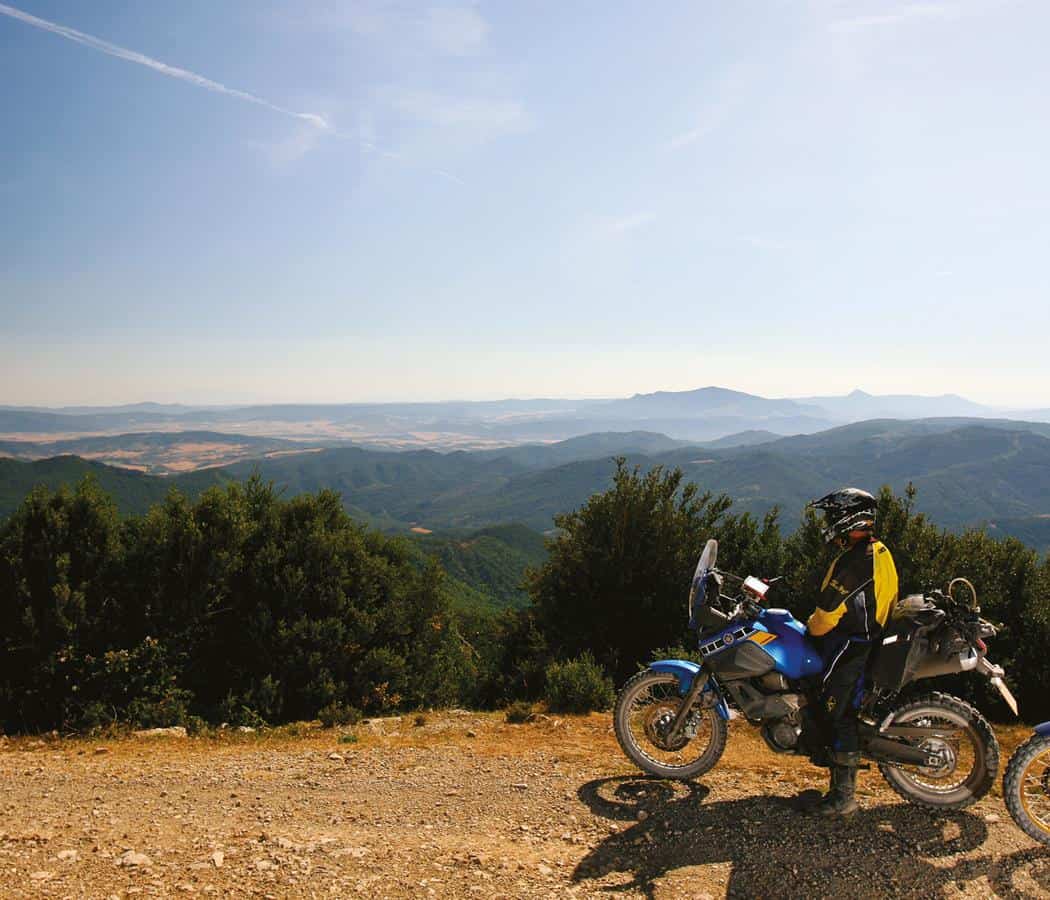
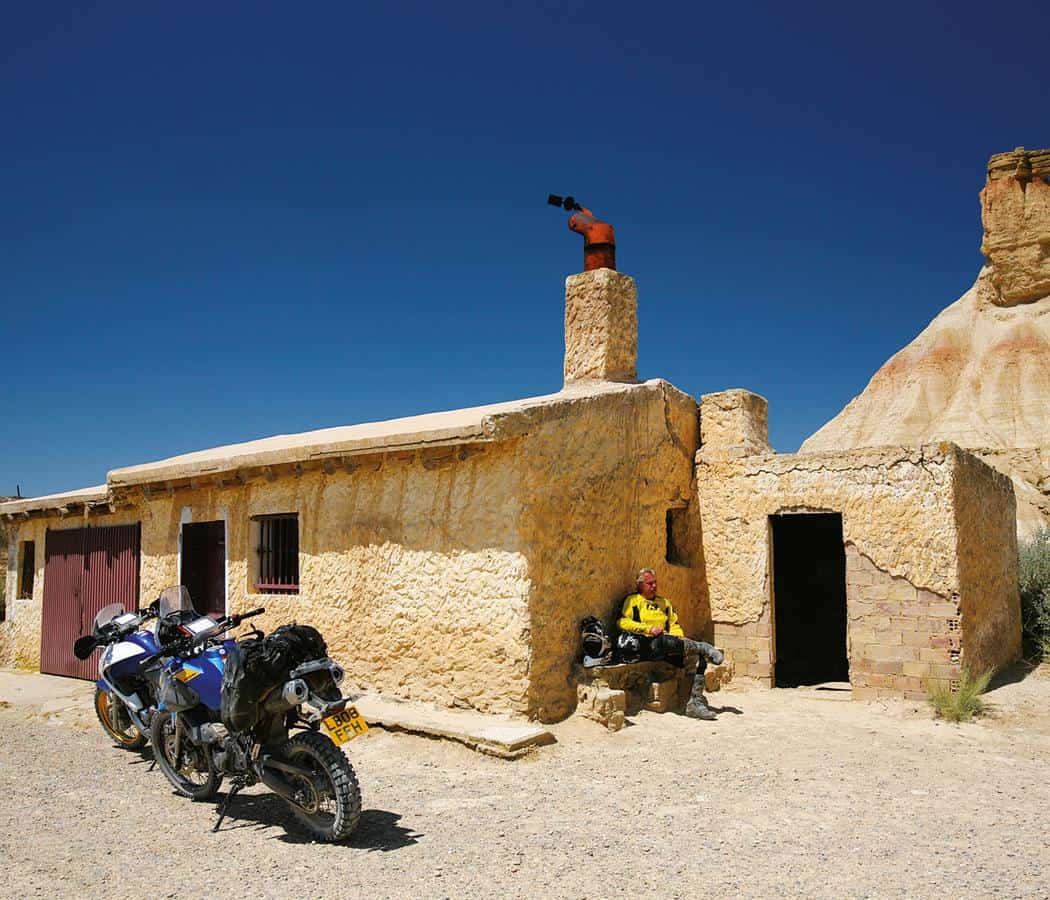
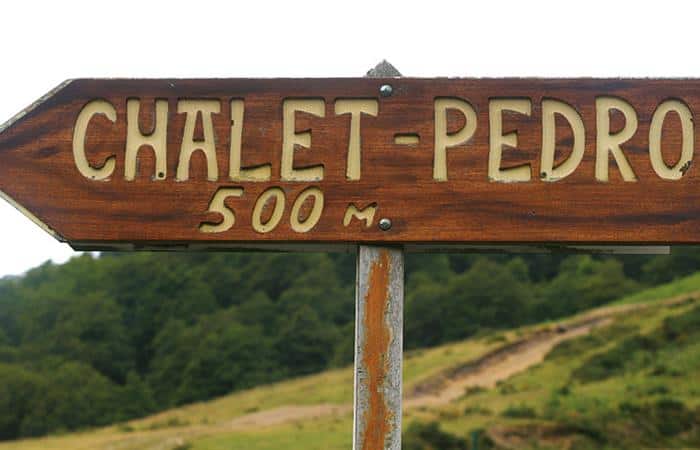
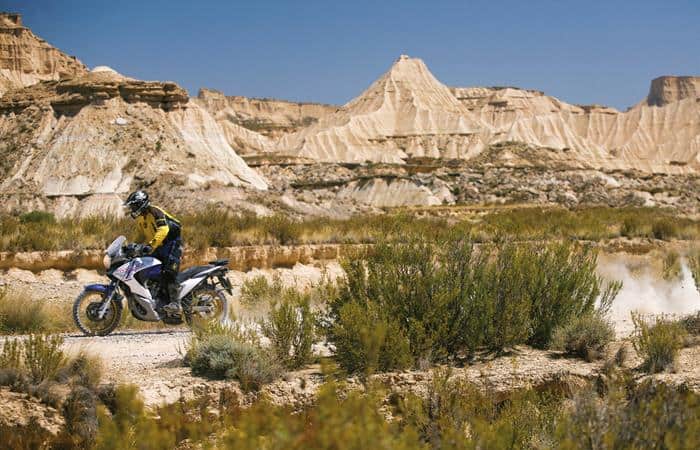
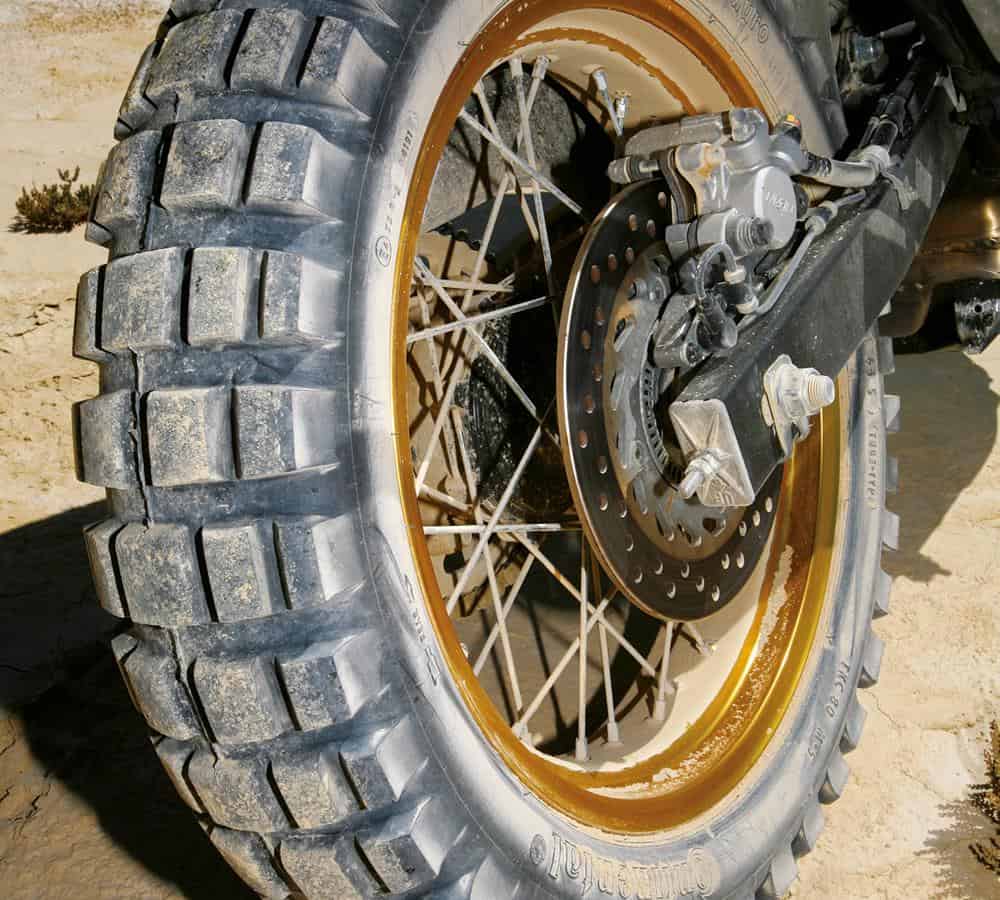
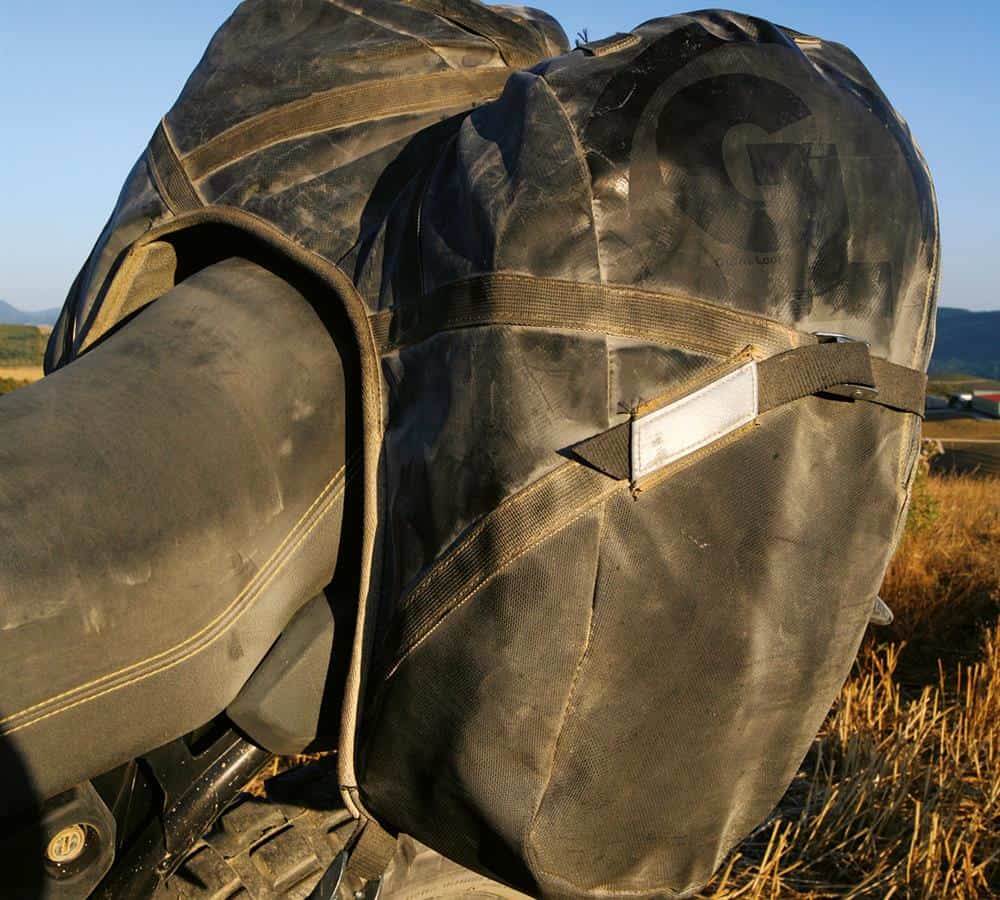
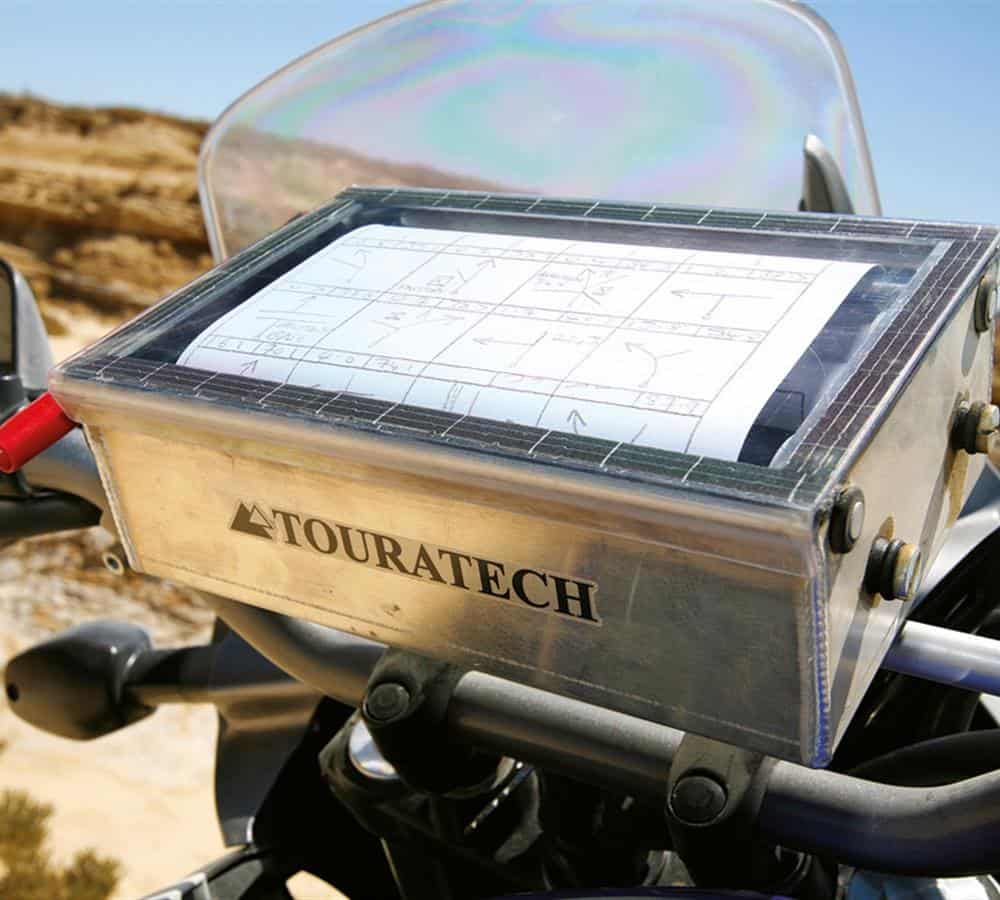
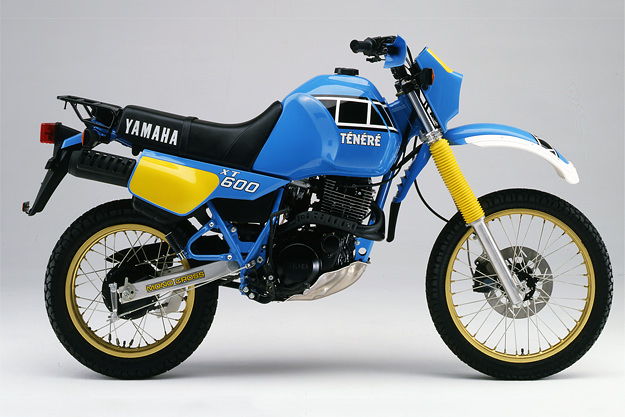
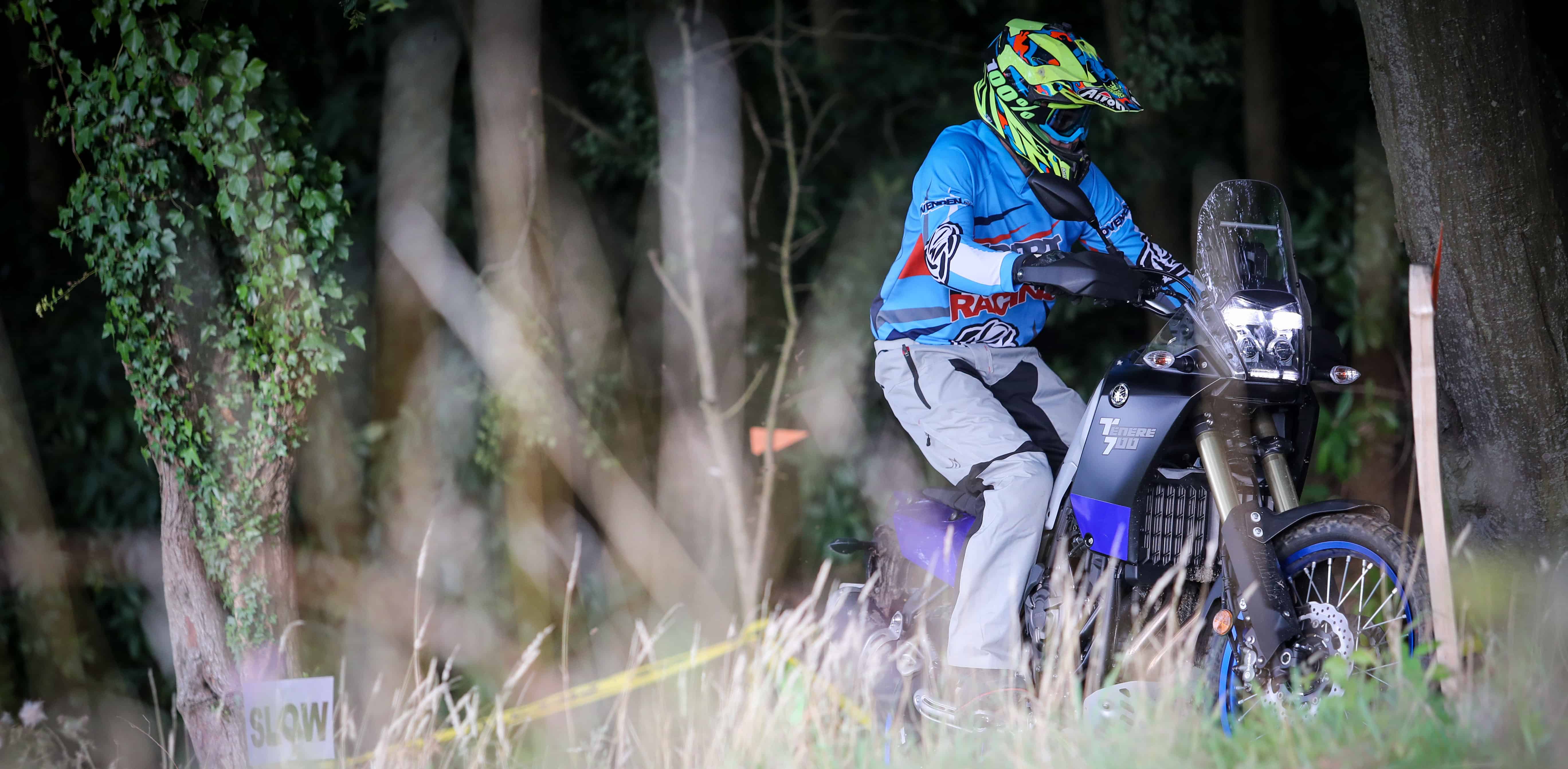
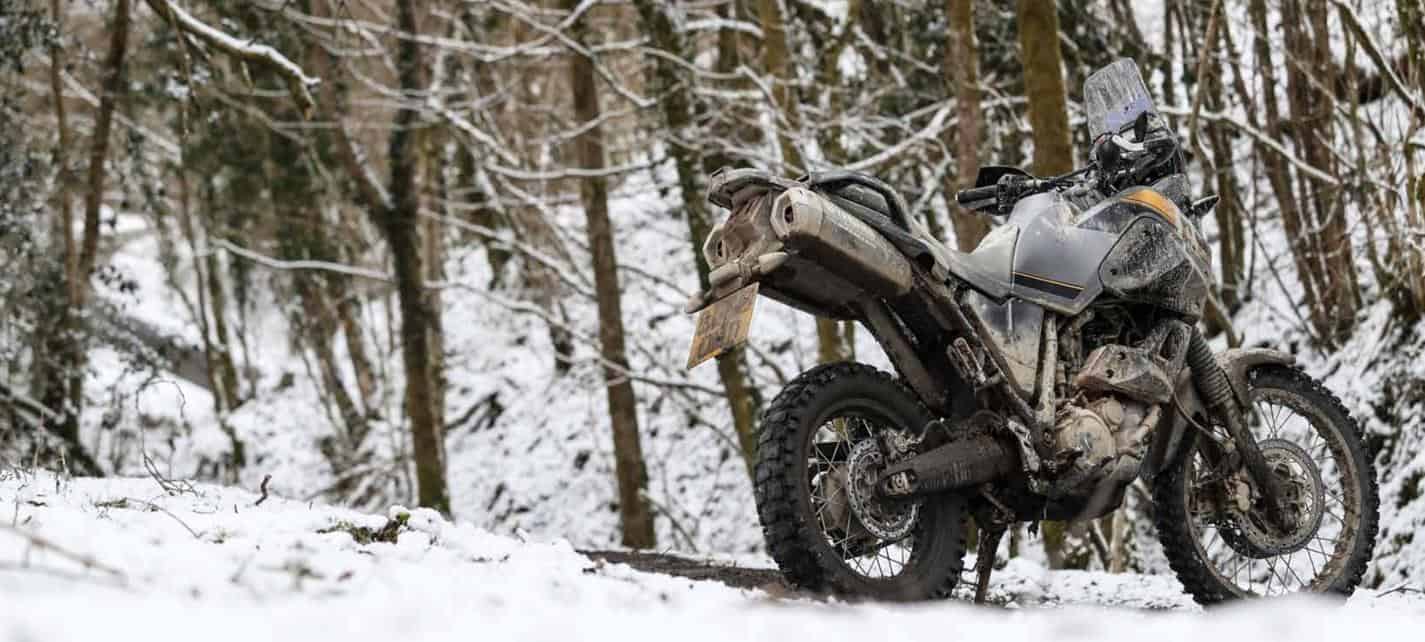

2 responses
Amazing review.
Thank you for putting all this time to write this poetic adventure story.
Trying hard to decide between these two bikes and this helped a lot!
Good to hear, thanks! Do let us know which you eventually choose, and whether it all works out.